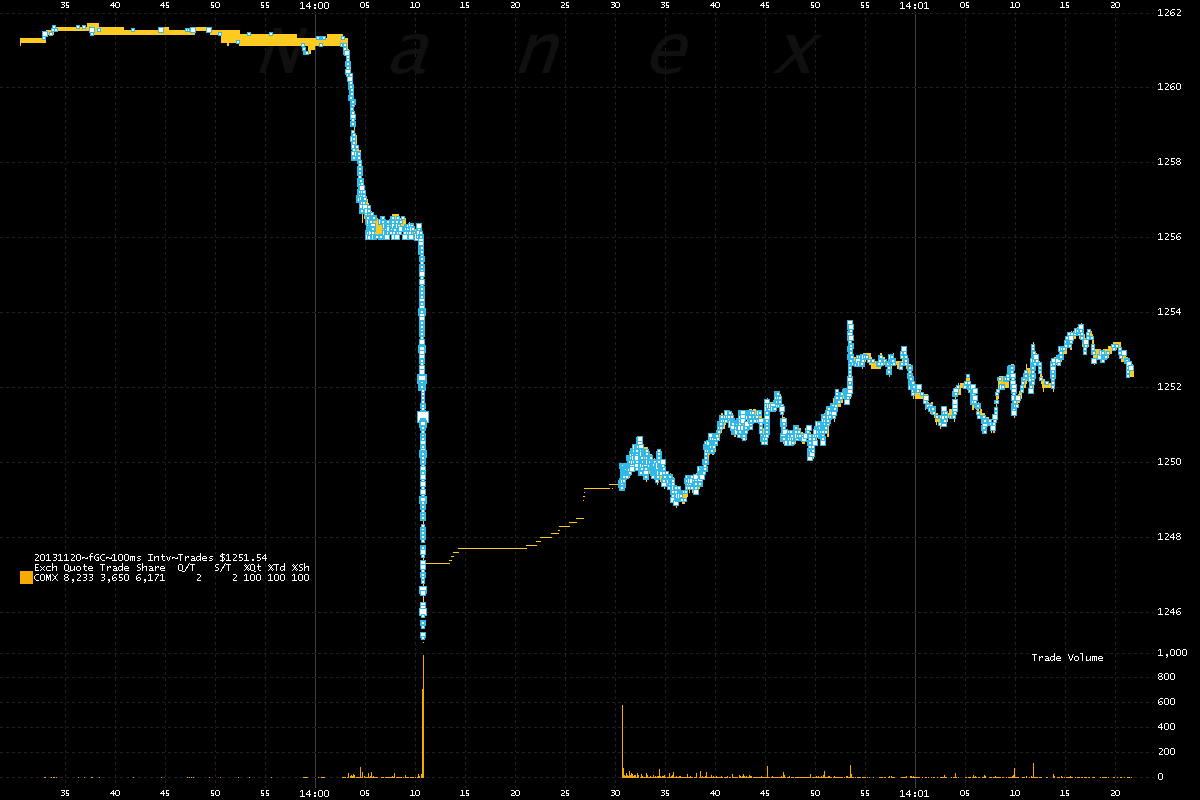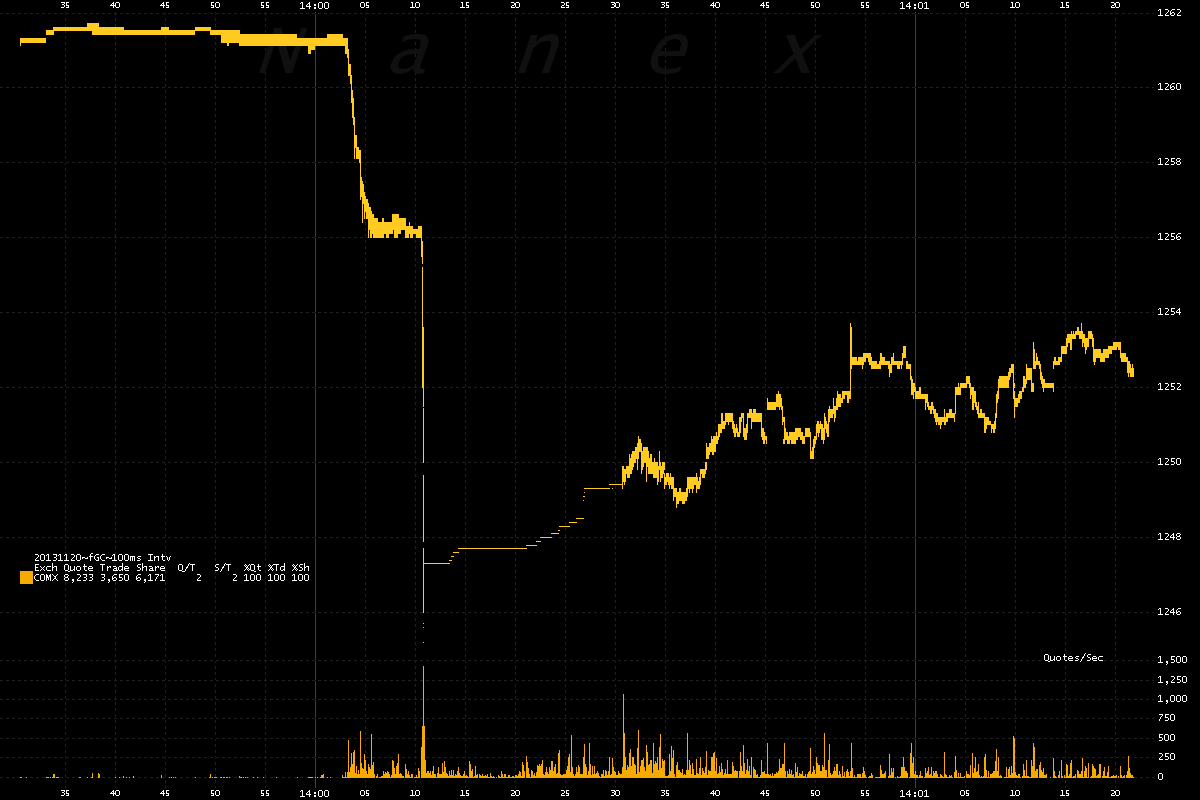Submitted by Charles Hugh-Smith of OfTwoMinds blog,
The "aggregate demand is God" Keynesian Cargo Cult fetish of focusing on holiday sales is worse than meaningless–it is profoundly misleading.
Counting on strong holiday retail sales to "boost the economy" is like eating triple-paddy cheeseburgers and fries to lose weight. The last thing a debt-dependent economy needs is more borrowing to buy excess consumption, and the last thing an economy that imports most of the junk being purchased needs is empty-headed economists declaring that the purchase of more low-quality, mostly needless junk is anything other than a waste of money and resources.
Since most of the junk (and it is junk–most Americans have either forgotten what actual quality is or they have never experienced it) is made overseas, the "boost" to the economy generated by rampant charge-card consumption flows to only one slice of the the U.S. economy: corporate profits.
U.S.-based global corporations skim most of the profits made when junk is made overseas; how much profit do you think the Chinese and Taiwanese suppliers of the iPad and iPhone components make? If you guessed 1%-2% of their part of the cost, you're right. So if a $300 device costs $100 to actually manufacture in China, the Chinese suppliers make a dollar or two. Apple skims about $100 and the distribution/retail channels skim the other $100.
I have covered this dynamic in depth over the years: for example:
Trade with China: Making Out Like a Bandit (March 30, 2006)
Much of China's manufacturing is owned and managed by foreign corporations. In effect, the companies aren't Chinese at all; only the workers are Chinese.
Trade and "Trade War" with China: Who Benefits? (October 5, 2010)
In effect, Black Friday is not about "deals," it's about padding already record-high corporate profits with excess consumption of 1) junk 2) needless stuff.
Please, Santa, Let This Be the Last Christmas in America (that's supposed to "save" the U.S. economy) (November 23, 2010):

The propaganda machine is cranking up to announce that a 2% increase in holiday retail sales means the U.S. economy is off and running. Santa, please, please, please order your reindeer to stomp the life out of the idiotic fantasy that Americans buying a few billion dollars more needless junk from China is any sort of evidence that the U.S. economy is "growing at a healthy clip."
The entire retail sector is 7.9% of the GDP compared to a 21.4% share for the FIRE tranch (finance, insurance and real estate) of the economy.
Santa, you have my deep gratitude if you could jam the propaganda machine so that this is the last Christmas in America where trivial retail sales are hyped as the bellwether for the $16 trillion U.S. economy.
The "aggregate demand is God" Keynesian Cargo Cult fetish of focusing on holiday sales is worse than meaningless–it is profoundly misleading. What the economy needs is not more mindless debt-based consumption (the "aggregate demand" that the cargo cult sees as a "folk cure" for everything that's wrong with the economy) but the exact opposite: paying down debt, reducing the share of the national income skimmed by a parastic banking sector, a boycott of low-quality junk (i.e. 90% of what's bought on Black Friday) and an evolution beyond a model of "growth" that's dependent on ever-rising debt and consumption of needless junk made overseas to benefit Corporate America's bulging bottom line.
If you missed my recent entry on the Degrowth movement in Europe, please check it out: Degrowth, Anti-Consumerism and Peak Consumption (May 9, 2013)
The anti-consumerism Degrowth movement is gaining visibility and adherents in Europe. Degrowth (French: décroissance, Spanish: decrecimiento, Italian: decrescita) recognizes that the mindless expansion of mindless consumption fueled by credit and financialization is qualitatively and quantitatively different from positive growth.
Degrowth is based on a number of principles:
1. Consumerism is psychological/spiritual junk food (French: malbouffe) that actively reduces well-being (bien-etre) rather than increases it.
2. Better rather than more: well-being is increased by everything that cannot be commoditized by a market economy or financialized by a cartel-state financial machine– friendship, family, community, self-cultivation–rather than by acquiring more. The goal of economic and social growth should be better, not more. On a national scale, the cancerous-growth measured by gross domestic product (GDP) should be replaced with gross domestic happiness/ gross nation happiness (GNH).
3. A recognition that resources are not infinite, despite claims to the contrary. Even if fossil fuels were infinite and low-cost (cheerleaders never mention the external costs), fisheries, soil and fresh water are not. For one example of many: China Is Plundering the Planet's Seas (The Atlantic). Indeed, all the evidence suggests that access to cheap energy only speeds up the depletion and despoliation of every other resource.
4. The unsustainability of consumerist consumption dependent on resource depletion and financialization (i.e. the endless expansion of credit and phantom collateral).
5. The diminishing returns on consumption. Investing in clean air and water, public transit, universally accessible knowledge/information–these forms of consumption yield high returns in public health, affordable mobility, etc. Buying clothing to wear once or twice and then throw away does not.
The investment in the rule of law, public infrastructure and universal access to clean air, water and education moves nations from developing to developed and greatly improves the material lives of the residents. Beyond this, consumption of resources offers diminishing returns up to a point of social/spiritual/ psychological derangement. Consumption beyond this point actively reduces well-being.
6. The failure of neoliberal capitalism and communism alike in their pursuit of growth at any cost.
Both the religion of growth and its Cargo Cult enablers are merely superficial facades masking the real force: the expansion of global finance via financialization. Expanding capital, profits and power is the key agenda, and the quasi-religion of growth is just the public-relations narrative that mesmerizes the debt-serfs, political toadies and media sycophants.
What does Degrowth mean in practical terms? Use the thing until it cannot be repaired. Don't ditch the mobile phone, auto, dress or digital device until it can no longer repaired. Buy local rather than than global-corporate whenever feasible. Crave less, need less, want less, resist the brainwashing of 24/7 marketing. Learn to become a person who does not need corporate-status signifiers for a sense of identity.
What if Progress requires less consumption, less debt, less shopping-gives-me-meaning?
A DeGrowth Christmas does not mean a "no gift" Christmas: it means either making gifts, regifting (making a gift of something that is perfectly usable or in many cases, still in the box), giving an experience (i.e. time with someone), or (at least in my opinion) giving a well-made tool or book that leverages new skills or new understanding.
Does excess consumption really add that much to our lives? Goodness gracious, people, look in the closets of America–they're stuffed to the gills with clothing, shoes, sporting goods, etc. etc. etc. Even "poor people" have endless gadgets, multiple TV sets, etc. etc. Look at the storage units crammed with excess everything.
There's a new documentary on DeGrowth: GrowthBusters: Hooked on Growth; free screenings are being held on Black Friday in select cities.
1:39 minute video on the documentary: Attack of the Zombie Shoppers.
Of related interest:
The Last Christmas in America (December 23, 2010)







via Zero Hedge http://feedproxy.google.com/~r/zerohedge/feed/~3/AFTZuKcvPLU/story01.htm Tyler Durden
![]()

















